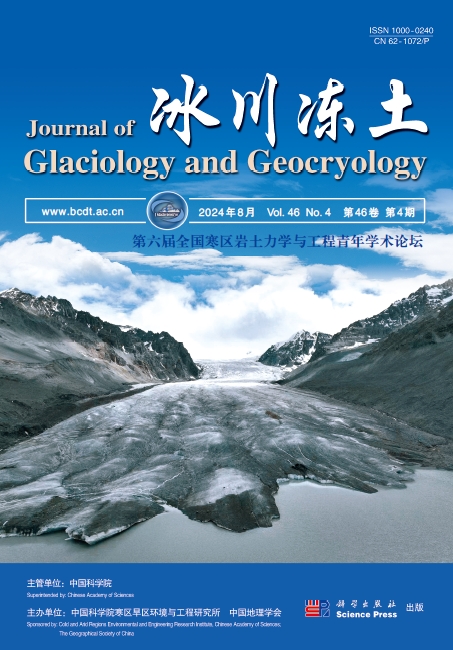Stochastic Prediction for Frost Heave Effect of a Subway Tunnel
引用次数: 0
Abstract
Horizontal freezing induces ground frost heave and ground displacement.Excessive uneven displacement or deformation may damage the surrounding building.The stratum that a Nanjing subway tunnel will traverse through is of soft and silt clay.The artificial freezing construction method is proposed to help the tunnel to traverse through the worse stratum.To control the ground building deformation and displacement due to the ground frost heave,the frost heave effect for the artificial freezing construction should be predicted before the construction process.The stochastic medium theory is proposed to predict the frost heave effect due to the artificial freezing construction in this paper.The basic analysis procedure for analyzing frost heave effect is introduced,and ground deformations such as ground vertical displacement,ground curvature are analyzed.The analysis result shows that the ground deformation due to the frost heave is within the permissible limit of ground displacement.地铁隧道冻胀效应的随机预测
水平冻结引起地面冻胀和地面位移。过大的不均匀位移或变形可能会损坏周围的建筑物。南京地铁隧道所穿越的地层为软粉质粘土。提出了人工冻结施工方法,以帮助隧道穿越恶劣地层。为控制地面冻胀引起的地面建筑变形和位移,应在施工前对冻胀对人工冻结施工的影响进行预测。本文提出用随机介质理论来预测人工冻结施工引起的冻胀效应。介绍了分析冻胀效应的基本分析方法,分析了地面垂直位移、地面曲率等地面变形。分析结果表明,冻胀引起的地面变形在允许的地面位移范围内。
本文章由计算机程序翻译,如有差异,请以英文原文为准。
求助全文
约1分钟内获得全文
求助全文
来源期刊
CiteScore
2.00
自引率
0.00%
发文量
5142
期刊介绍:
Journal of Glaciology and Geocryology (bimonthly) is an academic journal under the supervision of the Chinese Academy of Sciences (CAS), and co-sponsored by the Institute of Cold and Arid Environments and Engineering of CAS and the Chinese Geographical Society. Since its inception in 1979, the journal has focused on the study of ice, snow, permafrost and cryosphere, aiming to promote basic and applied research in related fields, facilitate academic exchanges at home and abroad, and serve the construction of national economy in cold regions. The content of the journal covers a wide range of disciplines, including glaciology, permafrost, hydrology, geo-ecology, etc., focusing on resources, environment, engineering and global change in the cryosphere. The readers are professionals in the fields of glaciology, permafrost, and hydrology, ecology and global change in the cold zone, teachers and students in colleges and universities, and leaders and cadres of governmental management departments.
Journal of Glaciology and Geocryology has a wide influence in China, and is included in many famous databases and retrieval systems at home and abroad, including Peking University's ‘Chinese Core Journals List’, China Science and Technology Core Journals (CSTPCD), and Source Journals of China Science Citation Database (CSCD), etc., and has been in several journals grading catalogues The journal has been distributed to more than 20 countries. The journal has been distributed to more than 20 countries and regions, and has been indexed by international retrieval systems such as Scopus, which has a good internationalisation prospect.

 求助内容:
求助内容: 应助结果提醒方式:
应助结果提醒方式:


